STOKVIS ENERGY SYSTEMS ECONOPLATE H1 User guide
















Other manuals for ECONOPLATE H1
3
Table of contents
Popular Heating System manuals by other brands
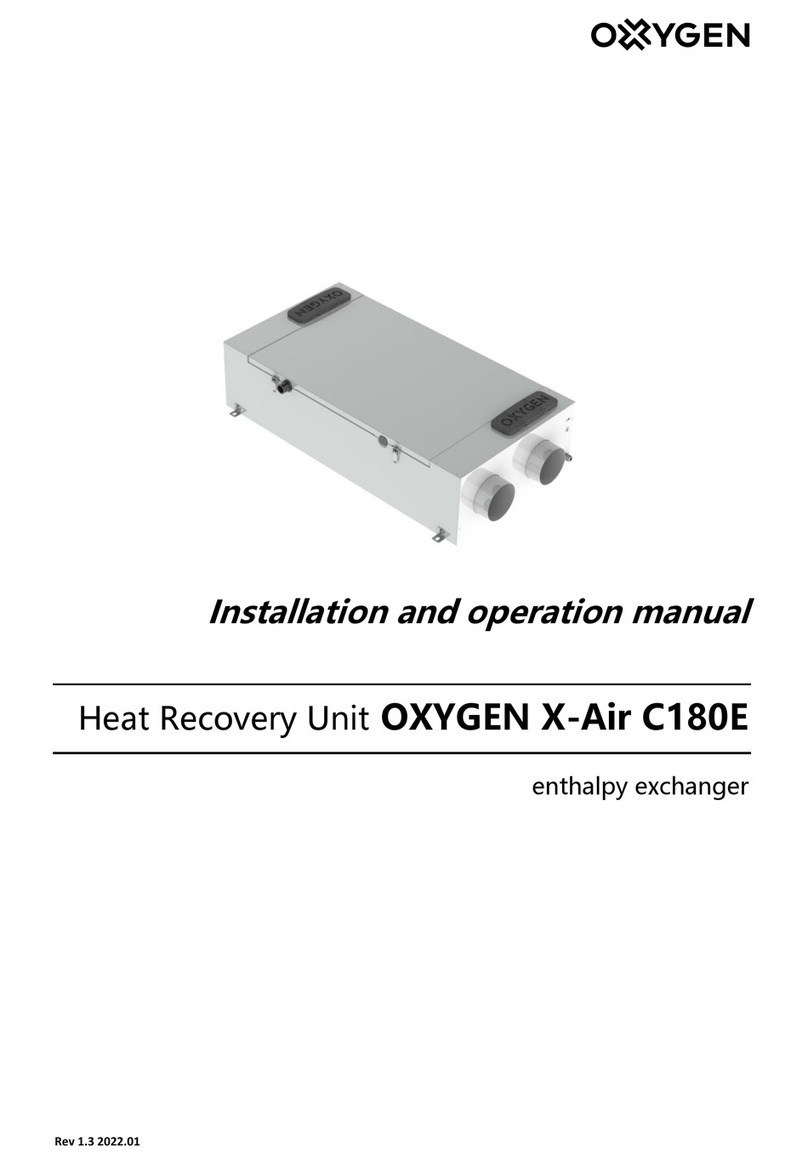
Oxygen
Oxygen X-Air C180E Installation and operation manual

Trane
Trane TKD Installation operation & maintenance
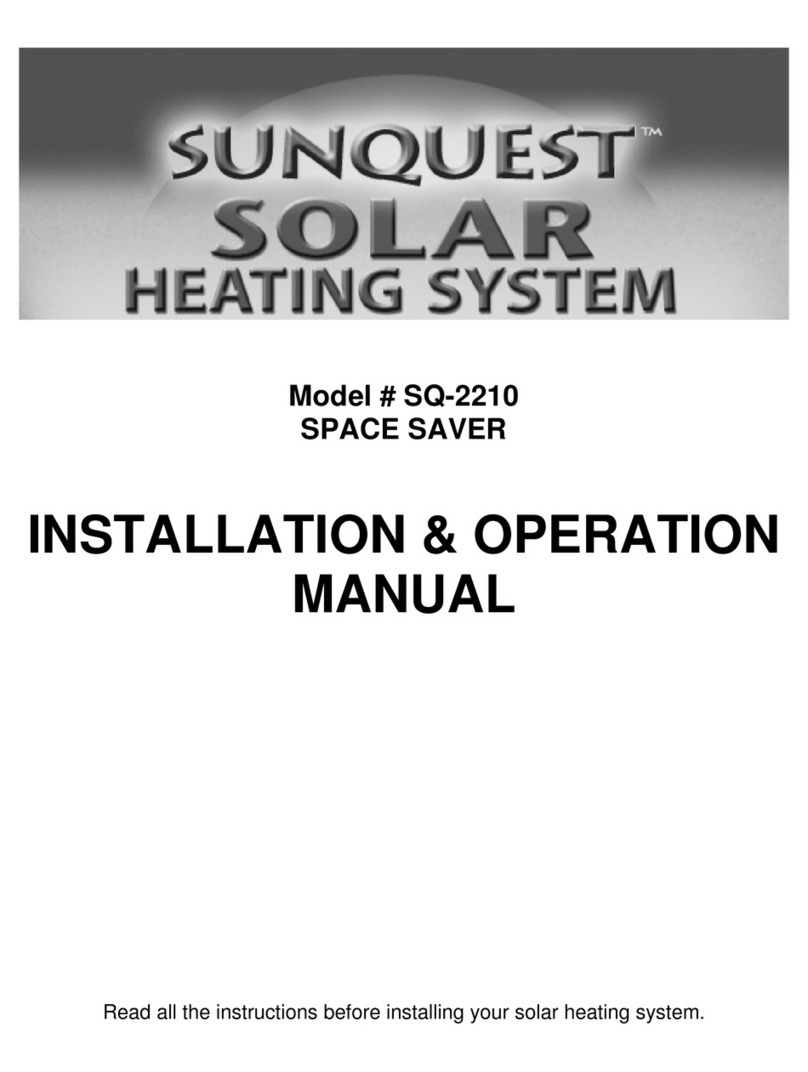
Sunquest
Sunquest SQ-2210 Installation & operation manual
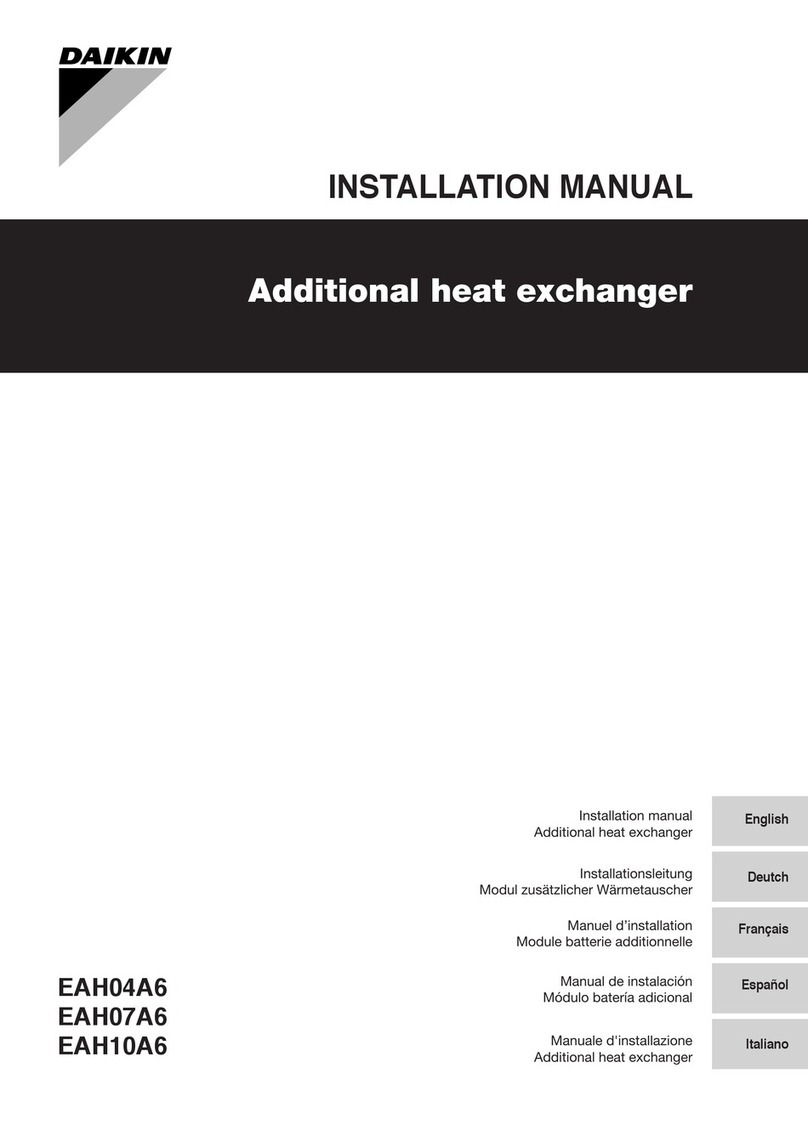
Daikin
Daikin EAH04A6 installation manual
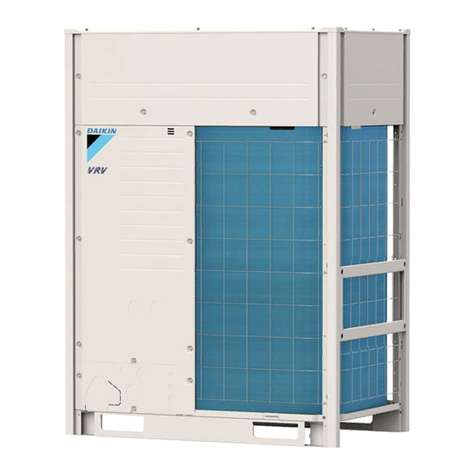
Daikin
Daikin RELQ-TATJA Series Design manual

Navien
Navien COMFORTMATE EQH-20WUS installation instructions
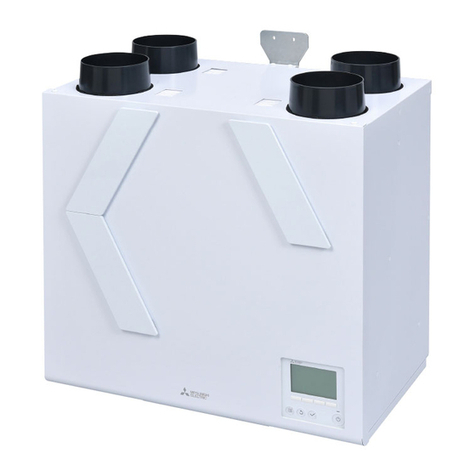
Mitsubishi Electric
Mitsubishi Electric VL-250CZPVU-R-E installation manual
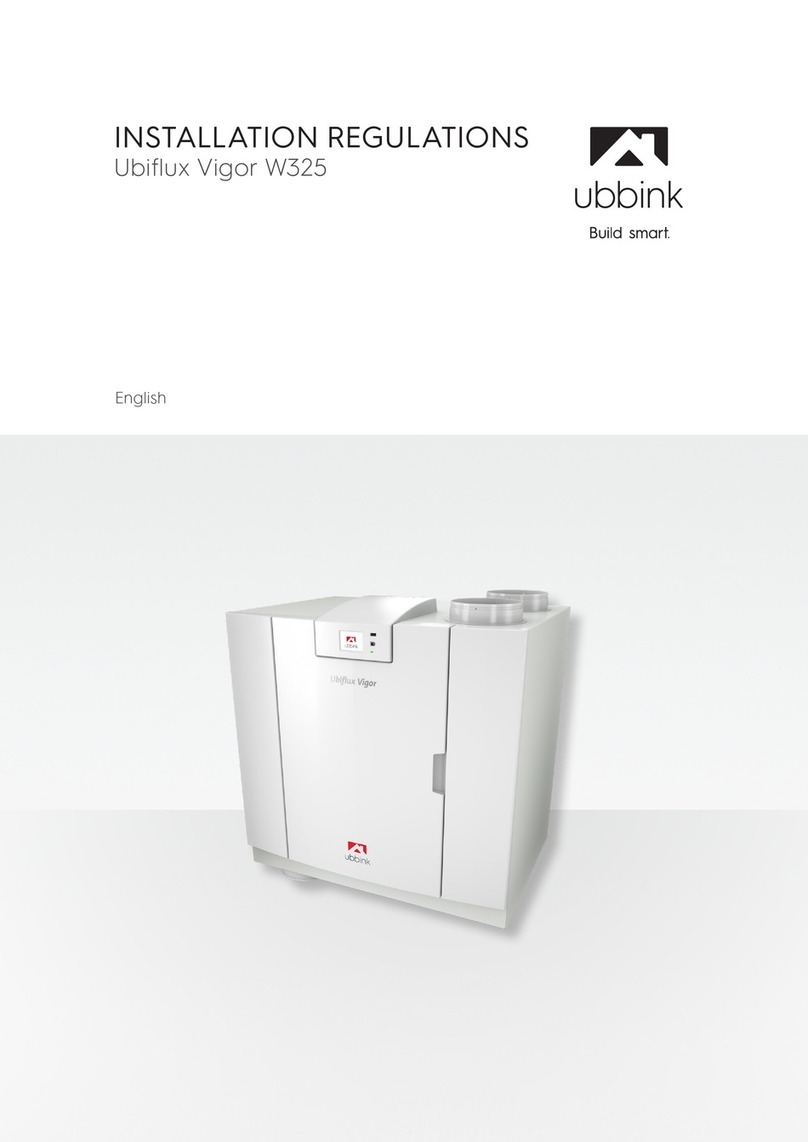
ubbink
ubbink UWA-2E Installation regulations

SolarVenti
SolarVenti SV30AWX Installation and operation

NuAire
NuAire XBOXER XBC Series Installation, operating and maintenance instructions
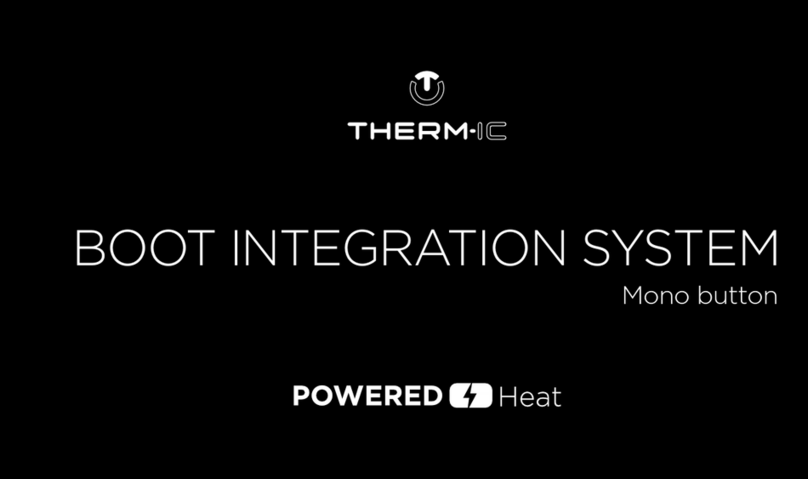
therm-ic
therm-ic Integration Mono button BLE manual
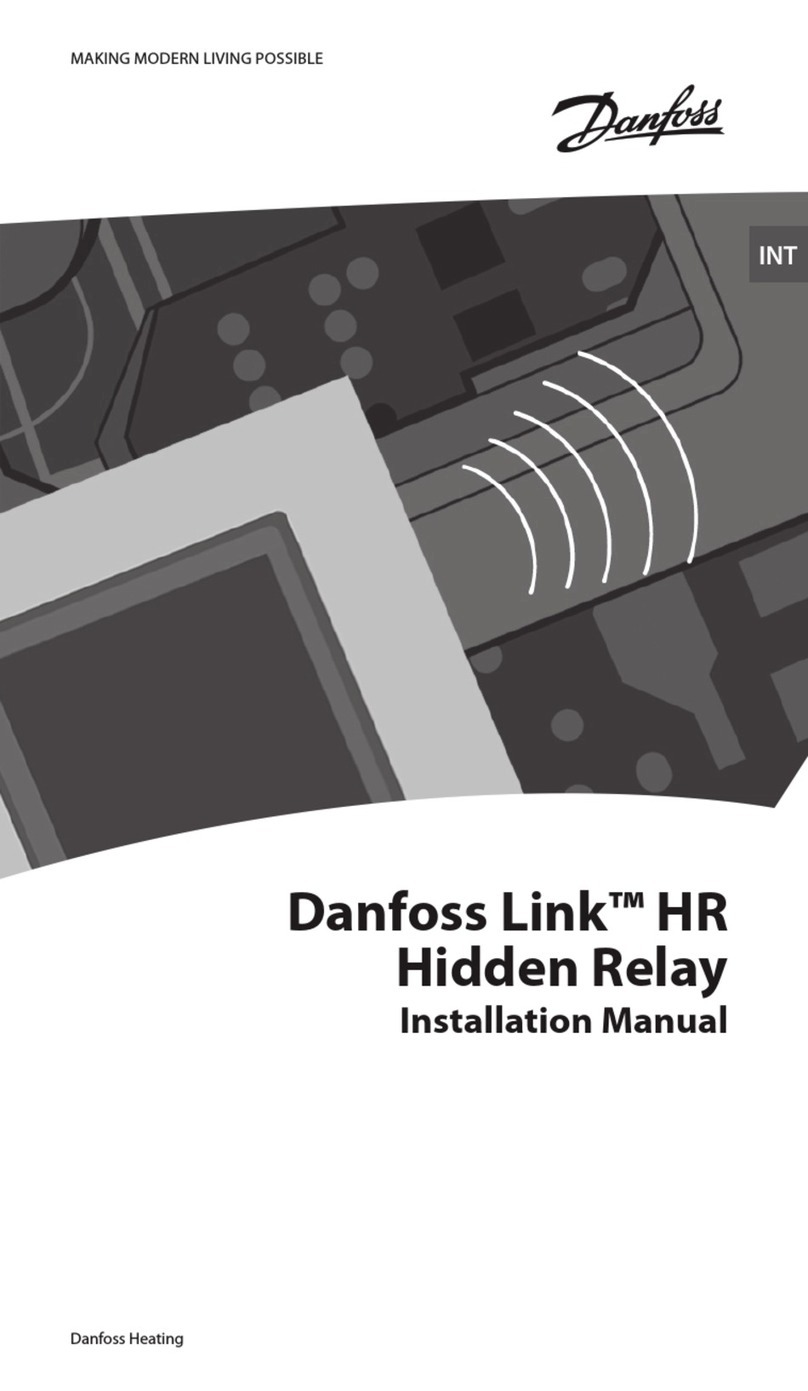
Danfoss
Danfoss Link HR installation manual

Viessmann
Viessmann VITOBLOC 200 Technical description

Energotech
Energotech EnergoInfra Industry EIR3000 Mounting and installation

Panasonic
Panasonic WH-ADC0509L3E5 Service manual
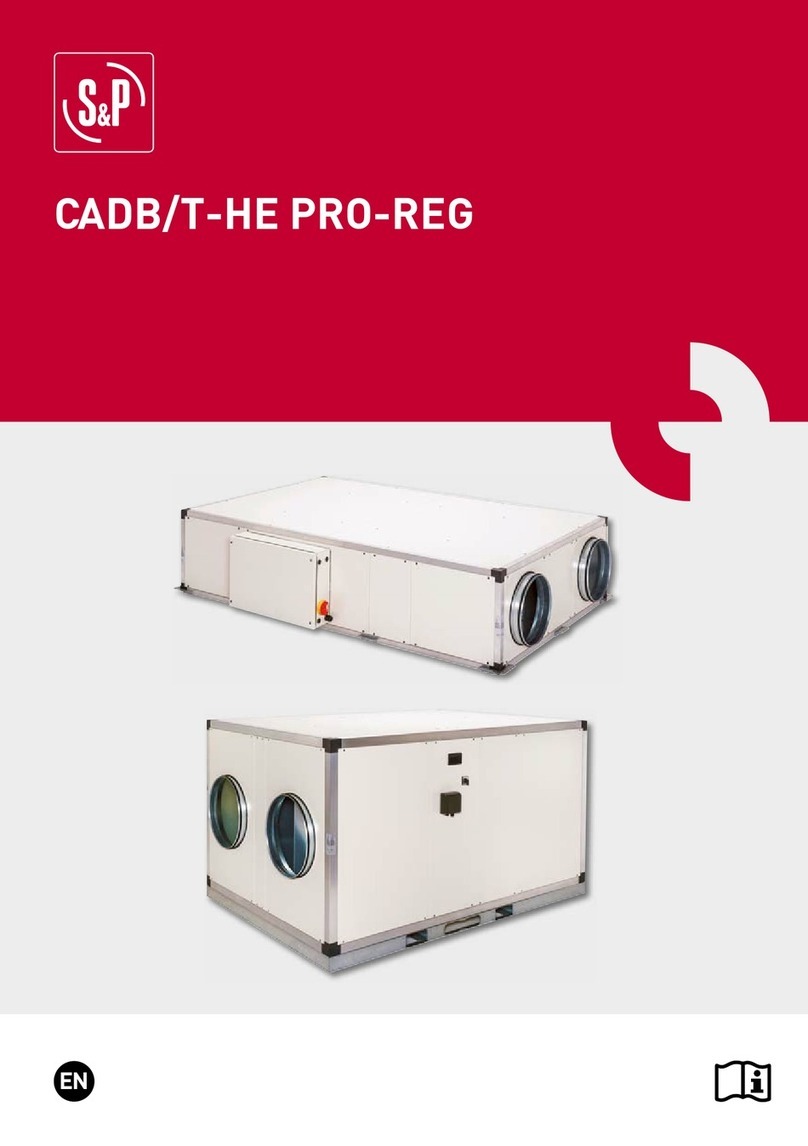
S&P
S&P CADB/T-HE PRO-REG Series instruction manual
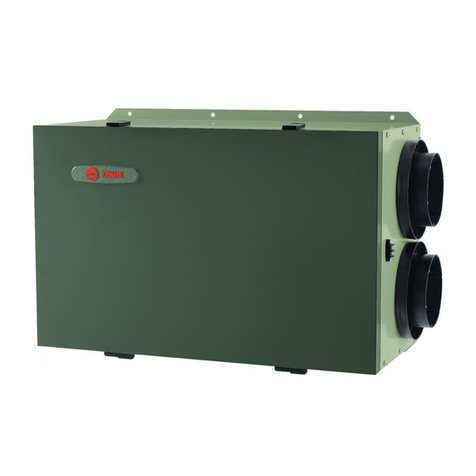
American Standard
American Standard AERVR100A9P00A Installer's guide

AIR-TRANSFER
AIR-TRANSFER Micra 100 WI-FI user manual